Chordata
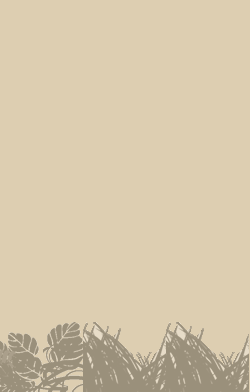
White-tailed Deer
Odocoileus virginianus

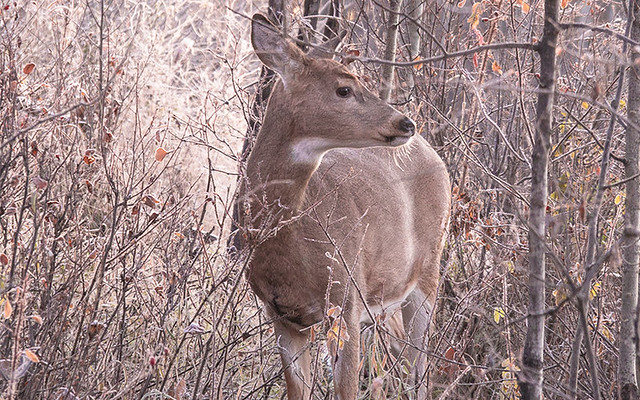
2 POINTS
Play: The white-tailed deer has a MOVE of 2
Fact: Fawns are born with spots to camouflage them from predators while they wait for their mothers to return from foraging.

Beaver
Castor canadensis

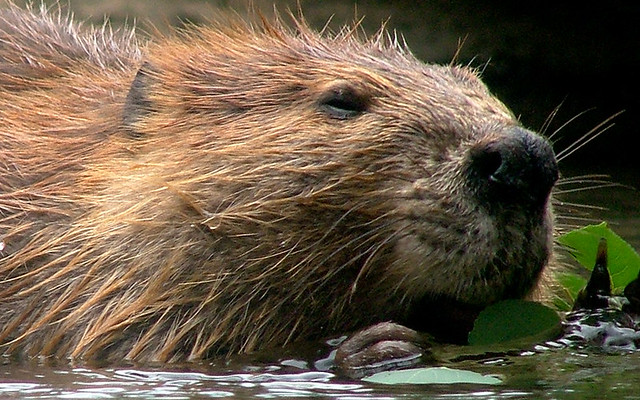
4 POINTS
Play:Fact: Beavers are a keystone species that alter the landscapes by cutting trees and damming streams to make wetlands.

Snowshoe Hare
Lepus americanus

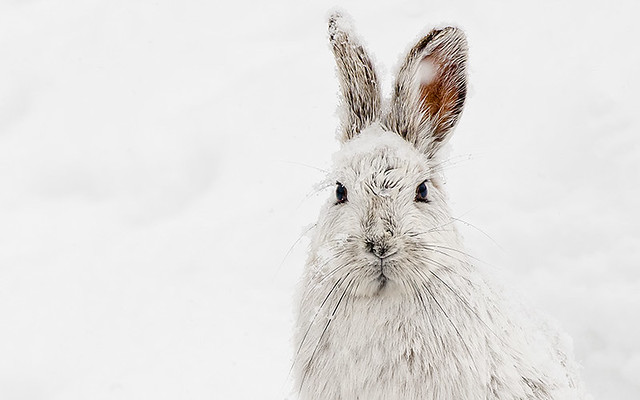
3 POINTS
Play: The snowshoe hare has a MOVE of 2
Fact: Snowshoe hares change the colour of their fur for camouflage: white during the winter and brown during the summer.

Red Squirrel
Tamiasciurus hudsonicus

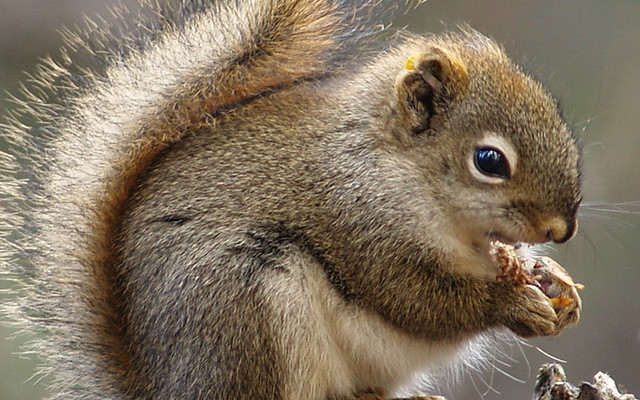
5 POINTS
Play: The red squirrel has a MOVE of 2
Fact: In addition to caching cones, red squirrels hide mushrooms in the branches of trees to dry them and save them for later.

Palm Warbler
Setophaga palmarum

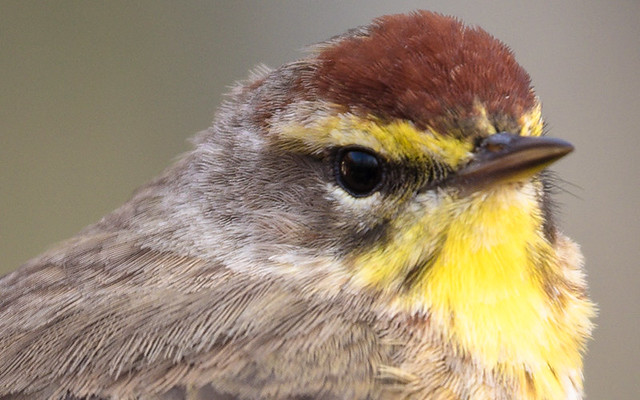
5 POINTS
Play: The palm warbler has a MOVE of 2
Fact: The palm warbler is one of the most northern songbirds, with nearly the entire species breeding in Canada’s boreal forest.

Hermit Thrush
Catharus guttatus

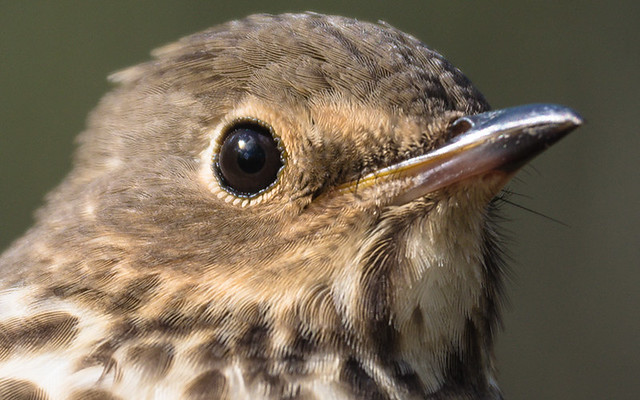
5 POINTS
Play: The hermit thrush has a MOVE of 2
Fact: The haunting flute-like song of the hermit thrush can be heard in almost any part fo the boreal forest in Canada.